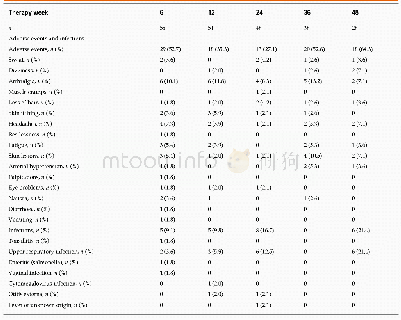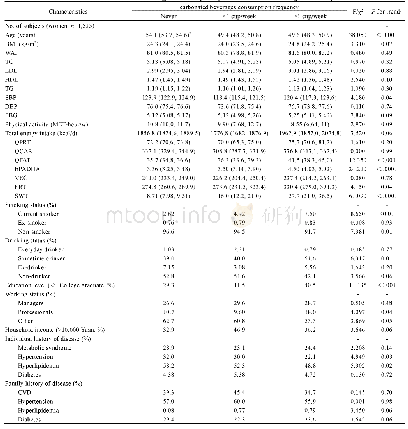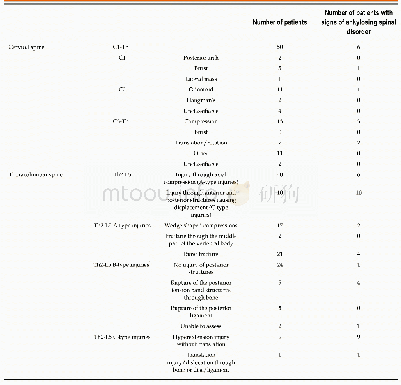《Table 1 Dryness/wetness categories according to the SPEI and the corresponding cumulative probabili
 提示:宽带有限、当前游客访问压缩模式
提示:宽带有限、当前游客访问压缩模式
本系列图表出处文件名:随高清版一同展现
《1961-2015年中国极端干旱时间演变特征(英文)》
The calculated Di is aggregated at different time scales.It is recommended to use a three-parameter log-logistic distribution for standardizing the accumulative series Di to obtain the SPEI at a given time scale.It calculates drought indices by standardizing the series Di at different time scales.The SPEI can characterize the degree of dryness/wetness deviation from normal conditions.To capture the spatio-temporal variations in drought more typically,we defined extreme drought as SPEI≤–2(Table 1)which is more closely related to drought disaster(Kelley et al.,2015).Drought duration(in months)was defined as a continuous period that SPEI is less than-1.0.By comparing the average annual SPEI and the areas of China’s crops affected by drought disasters from 1961 to 2015,the correlation coefficient of the SPEI at the 6-month time scale was higher than at other time scales.So,we selected 6-month time scale in all parts of the study except the analysis of critical precipitation as annual precipitation with 12 months scales of SPEI.
| 图表编号 | XD0047165800 严禁用于非法目的 |
|---|---|
| 绘制时间 | 2019.01.01 |
| 作者 | 张婧、沈彦俊 |
| 绘制单位 | Key Laboratory of Agricultural Water Resources, Hebei Laboratory of Agricultural Water-Saving, Center for Agricultural Resources Research, Institute of Genetics and Developmental Biology, CAS、University of Chinese Academy of Sciences、Hebei Provincial Clim |
| 更多格式 | 高清、无水印(增值服务) |
查看“Table 1 Dryness/wetness categories according to the SPEI and the corresponding cumulative probabilities rela-tive to the”的人还看了
-

- Table 6 Adverse events and infections in the study cohort listed according to the time of their occurrence
-

- Table 1 Baseline characteristics according to the frequency of carbonated beverages consumption in male




![Table 1 Risk factors and odds ratios for various outcomes according to 11 studies[7, 8, 20-28]](http://bookimg.mtoou.info/tubiao/gif/ZXXY201901004_37400.gif)
